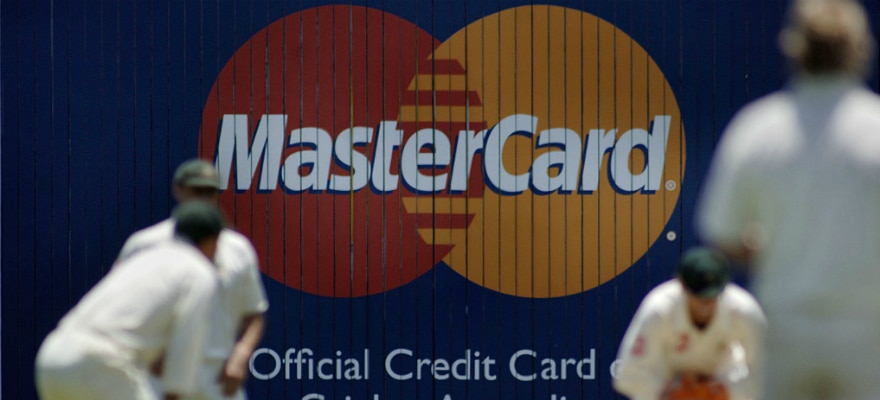Payments giant appears to have found a means of keeping transactions made over the blockchain entirely anonymous.
Three of the company’s employees, Ajay Nehra, Ankur Arora and Shashank Trivedi, filed an application to the on Thursday.
Based in Gurugram, a technology and financial hub just outside of New Delhi, the trio claim that their new system will make blockchain transactions entirely anonymous.
This is achieved by using an intermediary. For example, someone holding bitcoin would not send that directly to another user as they do now.
Instead, they transfer their bitcoin to an intermediary. The intermediary, with the details of the person that the user wants to pay, then generates a new transaction and sends the money on to its final destination.
Anonymity on the blockchain may seem like an oxymoron to many. After all, part of the power and appeal of Bitcoin and other cryptocurrencies is a user’s ability to trade via a public key and not their name.
True, that public key is visible to anyone who skims through the publicly available Bitcoin blockchain, but they will only appear as a series of numbers.
MasterCard – a settlement provider to the crypto world?
In their patent application, the three MasterCard workers claim that this data could actually be used to identify someone.
There are merits to that claim but it’s also true that mitigating steps taken by a user could make it next to impossible for someone to figure out who you are.
Perhaps it’s this author’s own technical ineptitude but it would also seem that a deal could be traced by simply looking at how much one user sent to the intermediary and then who the intermediary sent an equivalent amount to.
Anyway, it could be interesting to see whether such a system has potential to be used as a settlement solution. By aggregating a large number of transactions, such an intermediary would likely be able to see who owes who what and reduce the number of transactions that need to be made.
Finance Magnates reached out to one of the patent filers for comment but, at the time of publication, had received no response.

MasterCard Workers Apply for Blockchain Anonymity Patent
More from AnalysysMore posts in Analysys »




Be First to Comment